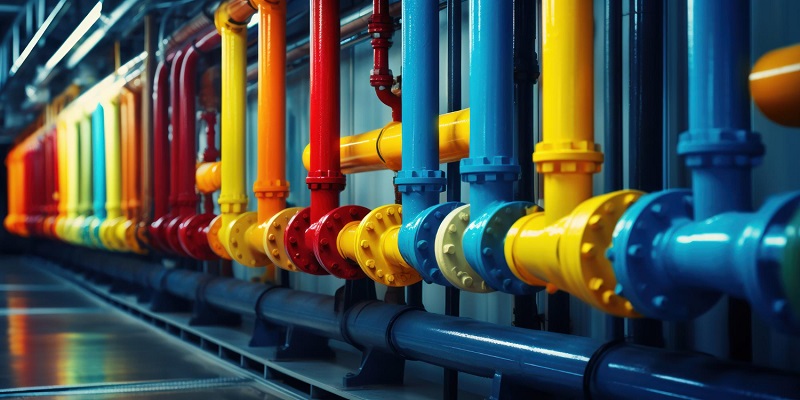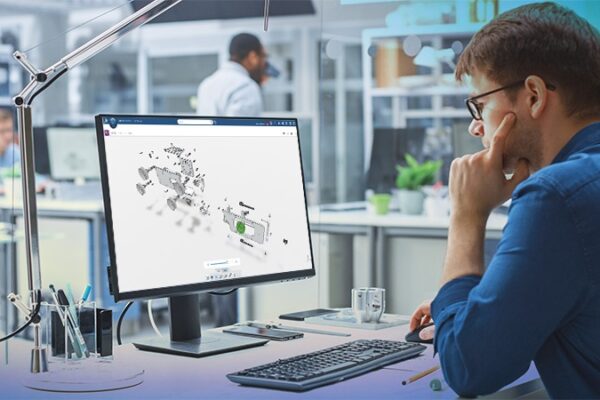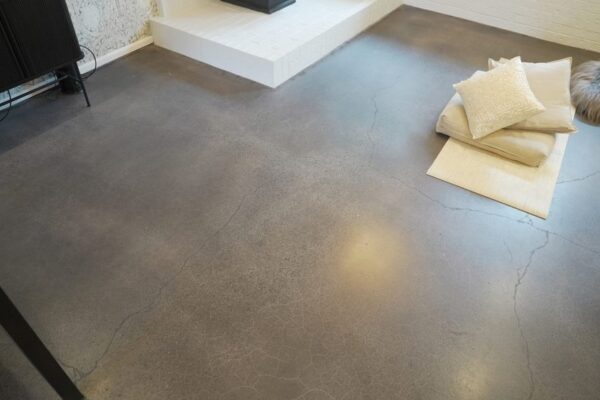Slurry pumps are integral to many industrial processes, from mining to wastewater treatment, where they handle abrasive, corrosive, and high-density slurries. However, due to the challenging environments in which they operate, slurry pumps are subject to wear and tear over time. Proper maintenance is key to ensuring these pumps continue to function efficiently and last longer, ultimately reducing operational costs and minimising downtime. In this blog post, we’ll provide essential maintenance tips to prolong the life of your slurry pump and keep your operations running smoothly.
1. Establish a Regular Inspection Routine
One of the most effective ways to extend the life of your slurry pump is to conduct regular inspections. Early detection of wear or damage can prevent small issues from developing into major, costly repairs.
Visual Inspections:
Periodically check for leaks, unusual vibrations, and any visible signs of wear on the pump’s exterior. Leaks around seals or casing joints can indicate wear in internal components or improper assembly.
Monitor Performance:
If your pump’s performance begins to decline, such as a reduction in flow rate or an increase in power consumption, this could be a sign of wear in key components like the impeller or liners. Tracking performance metrics over time can help detect gradual changes.
Check for Vibration and Noise:
Unusual vibrations or noises often indicate misalignment, bearing issues, or imbalanced impellers. Regularly monitor for these signs, as addressing them early can prevent further damage to the pump’s internal mechanisms.
A proactive inspection schedule helps ensure that issues are caught and corrected before they lead to unexpected downtime.
2. Replace Worn Parts Promptly
Slurry pumps contain several components that are prone to wear, particularly those in direct contact with the abrasive slurry, such as impellers, liners, seals, and bearings. It’s essential to replace these parts as soon as they show signs of wear to avoid more extensive damage.
Impellers:
The impeller is one of the most critical parts of a slurry pump, and due to its direct contact with abrasive materials, it tends to wear out faster. Inspect impellers for erosion and damage regularly, and replace them when they become worn to maintain optimal pump efficiency.
Wear Liners:
Liners protect the pump’s casing from abrasive slurry. As they wear down, the pump casing becomes vulnerable to damage. Replace worn liners to protect the internal structure of the pump and prolong its overall lifespan.
Seals:
Seals prevent slurry from leaking out of the pump and causing damage to the surrounding environment or other components. Over time, seals can degrade due to exposure to harsh materials. Regularly check and replace seals as part of routine maintenance.
By replacing worn parts promptly, you’ll avoid more costly repairs down the line and keep your slurry pump operating at peak efficiency.
3. Follow Proper Cleaning Procedures
Cleaning your slurry pump is a necessary maintenance task that helps remove any residual slurry, sediment build-up, or debris that could cause wear or damage to the pump’s internal components. It is especially important after working with highly abrasive or corrosive materials.
Flush the Pump System Regularly:
Use clean water or an appropriate flushing fluid to clean out any remaining slurry from the pump after each use. Regular flushing prevents sediment from building up inside the pump casing, impeller, and discharge lines, reducing the risk of clogging or corrosion.
Clean and Inspect Pump Strainers:
Some slurry pumps have strainers or filters that catch large debris or particles before they enter the pump. These should be cleaned frequently to ensure they are not obstructing the flow of slurry and causing undue stress on the pump.
Keeping the pump clean prevents excess wear and ensures smooth operation over time.
4. Monitor and Maintain Proper Lubrication
Slurry pumps have moving parts, such as bearings and seals, that require regular lubrication to function smoothly. Proper lubrication minimises friction and reduces wear, ensuring that these components last longer and function efficiently.
Check Lubrication Levels:
Regularly monitor the lubrication levels in the pump, especially if it operates continuously. Over-lubrication can cause leakage, while under-lubrication can lead to excessive friction and damage to the bearings and seals.
Use the Right Lubricant:
Always use the lubricant specified by the pump manufacturer. Different pumps may require different types of lubricants based on their operating conditions, such as temperature, speed, and the type of slurry being handled.
Change Lubricants Regularly:
Over time, lubricants can break down or become contaminated with slurry. Schedule routine lubricant changes to ensure the moving parts remain well-protected.
By keeping your slurry pump properly lubricated, you can significantly reduce wear and prolong the life of critical components.
5. Maintain Alignment and Balance
Pump alignment and balance are essential to prevent undue stress on the pump’s motor, impeller, and other components. Misalignment can cause excessive wear and reduce the efficiency of the pump, while an unbalanced impeller can lead to vibrations and uneven wear.
Check Alignment During Installation:
Proper alignment should be ensured during the initial installation of the pump, as well as after any major maintenance or repairs. Misalignment can lead to premature wear on the motor and other components.
Balance the Impeller:
An unbalanced impeller can create vibrations that not only damage the impeller itself but also cause wear on the bearings and seals. If you notice vibrations or unusual noise, it’s important to inspect and balance the impeller.
Regular alignment checks and balancing help avoid damage and ensure the smooth operation of your slurry pump.
6. Keep Detailed Maintenance Records
Finally, maintaining a log of all inspections, repairs, and part replacements is crucial for tracking the performance and health of your slurry pump. A detailed maintenance record helps identify recurring issues, predict when parts will need replacement, and ensure that nothing is overlooked.
Log Inspection Dates and Findings:
Record when inspections take place and note any signs of wear or issues detected. This can help establish trends and inform future maintenance efforts.
Track Part Replacements and Repairs:
Keeping track of part replacements allows you to predict when key components will need servicing, reducing the risk of unexpected breakdowns.
Monitor Pump Performance Metrics:
Record key metrics such as flow rate, power consumption, and operating pressure. Significant changes in these metrics may indicate underlying issues with the pump.
By keeping detailed records, you’ll have better insight into the long-term health of your pump and be able to plan maintenance activities more effectively.
Conclusion
Maintaining your slurry pump properly can significantly extend its life, improve operational efficiency, and reduce overall costs. By establishing a regular inspection routine, replacing worn parts promptly, following proper cleaning and lubrication procedures, and ensuring alignment and balance, you can minimise downtime and keep your pump in optimal condition. Regular maintenance isn’t just about preventing breakdowns; it’s about maximising the longevity and performance of your equipment, ensuring it continues to deliver reliable service over time.









